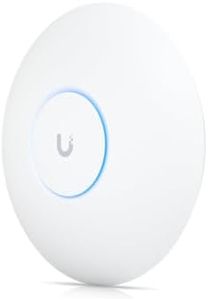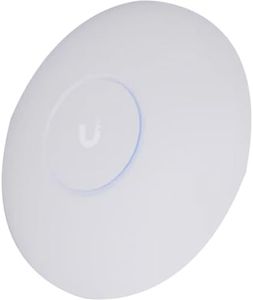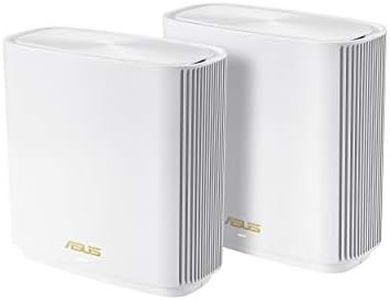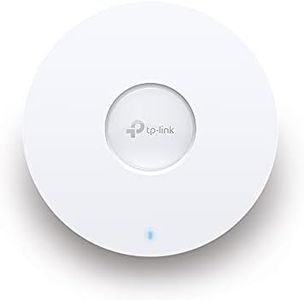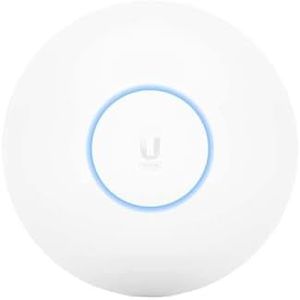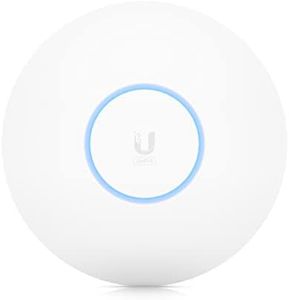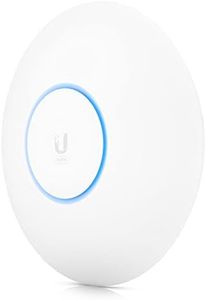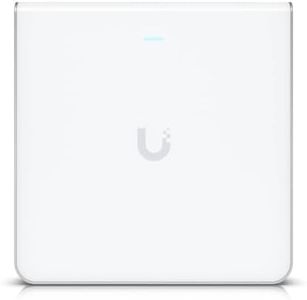We Use CookiesWe use cookies to enhance the security, performance,
functionality and for analytical and promotional activities. By continuing to browse this site you
are agreeing to our privacy policy
10 Best Wi Fi Access Points
From leading brands and best sellers available on the web.Buying Guide for the Best Wi Fi Access Points
Buying a Wi-Fi access point (AP) is about making sure you get smooth, reliable wireless internet coverage where you need it. The ideal AP depends on your space, the number of devices, and what you'll be using it for—like streaming, gaming, work, or just basic browsing. Factoring in the right specs can prevent frustrating dead zones and weak connections. Knowing the key features will help you find an access point that's tailored to your unique requirements and future needs.Wi-Fi Standard (802.11ax, 802.11ac, etc.)The Wi-Fi standard tells you which generation of wireless technology the access point supports. Newer standards, like Wi-Fi 6 (802.11ax), are faster and handle more devices than older ones such as Wi-Fi 5 (802.11ac). If you want top speed and need to support lots of gadgets—like in a busy home or office—go for the latest standard. But for simple browsing in a small environment, a slightly older standard may be sufficient.
Frequency Bands (2.4GHz, 5GHz, 6GHz)Access points can broadcast on different frequency bands: 2.4GHz, 5GHz, and sometimes 6GHz. The 2.4GHz band covers more area and goes through walls better but can be slower due to interference. The 5GHz band offers faster speeds and is less crowded, but has a shorter range. Some modern APs add the 6GHz band for even more speed and less congestion. For large spaces or buildings with thick walls, prioritize good 2.4GHz performance, but if you need fast speeds for lots of devices, choose an AP that supports all available bands.
Maximum Data RateThis spec tells you the top speed your access point can deliver, often measured in Mbps or Gbps. Higher numbers mean the ability to handle more data at once, making them better for things like HD streaming and online gaming. However, your real-world speed will also depend on your internet connection and device support. If many people use the network or if you run data-heavy applications, go for a higher data rate.
Coverage AreaCoverage area is about how much space the access point can serve with a strong signal. Some are designed for small rooms or apartments, while others cover larger homes, offices, or even outdoors. Manufacturers often provide an estimated coverage in square feet or meters. Consider the size of your area and if there are many walls or floors; if you have a large or complex space, look for APs known for broad coverage or consider using more than one for complete coverage.
Number of Connected DevicesEach access point can efficiently support only a certain number of simultaneous devices before performance drops. This matters most in busy households, offices, or public spaces. Check the manufacturer's recommended device count and match it to your needs: choose higher support if you expect lots of phones, laptops, smart devices, or guests connecting at once.
Security FeaturesSecurity features protect your network from unauthorized access. Key options include protocols like WPA3, guest network support, and firewall capabilities. Stronger security is crucial if you handle sensitive data or want to prevent neighbors and strangers from accessing your internet. If you value privacy and safety, pick an AP with up-to-date security standards and user-friendly security settings.
Power over Ethernet (PoE) SupportPoE allows an access point to receive power through the same cable that provides network connectivity, simplifying installation and letting you place the device in locations without nearby power outlets. This is especially handy for mounting APs on ceilings or high up on walls. If you want a neat, flexible setup, look for models with PoE support.
Management and Configuration OptionsThis describes how you set up and control your access point—whether through simple mobile apps or advanced web interfaces. Some APs offer cloud management, remote monitoring, or integration with other smart home systems. If you want ease of use, look for an AP with a straightforward setup process. More advanced management options are helpful if you plan to run a larger network or need features like scheduling, traffic monitoring, or user access controls.

